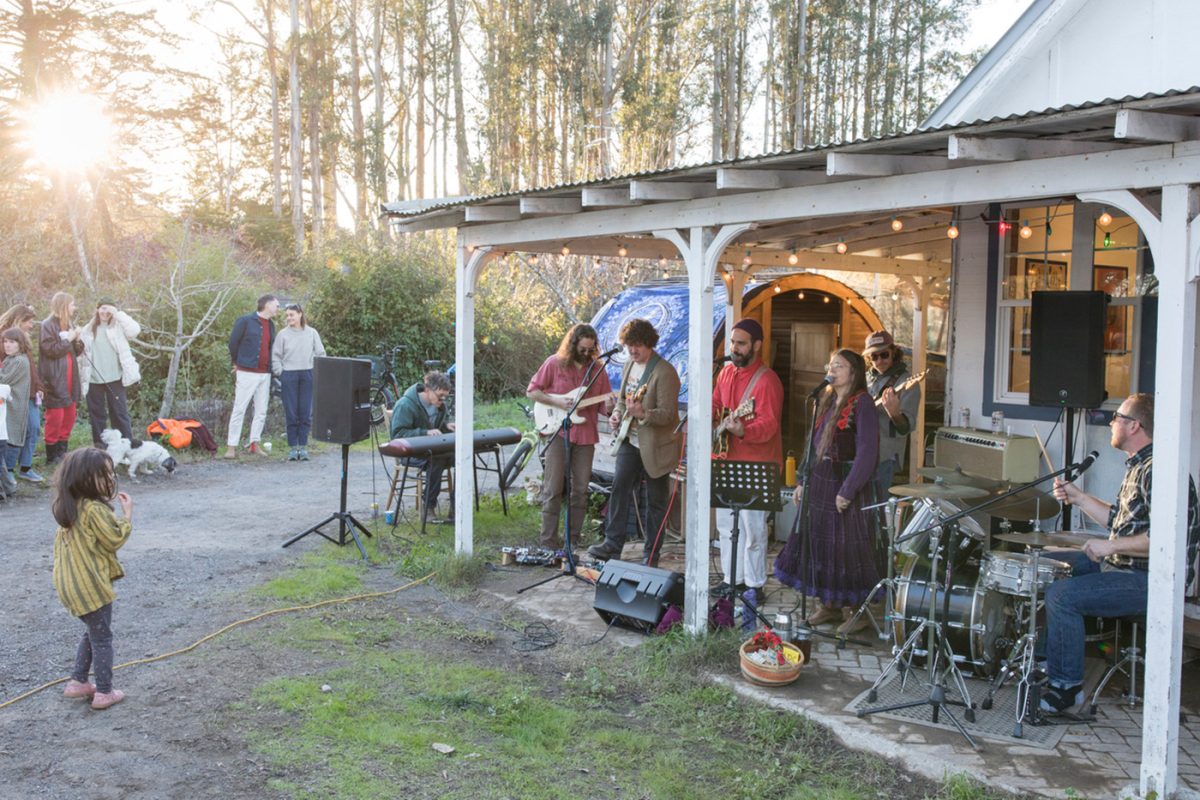The West Marin Grateful Dead Appreciation Society does not see itself as a cover band so much as a fractal outgrowth of a movement that . . .
Grateful Dead nostalgia unites band of millenials


The West Marin Grateful Dead Appreciation Society does not see itself as a cover band so much as a fractal outgrowth of a movement that . . .